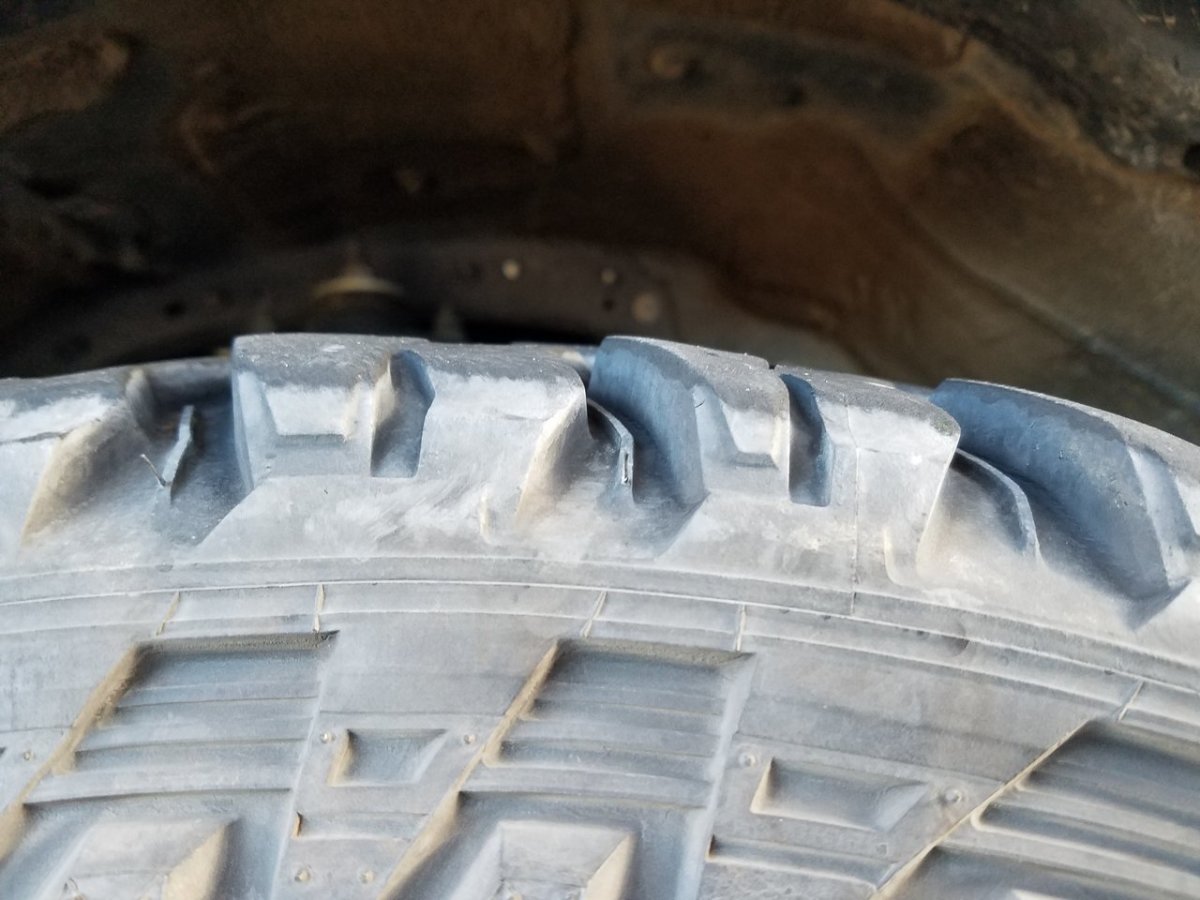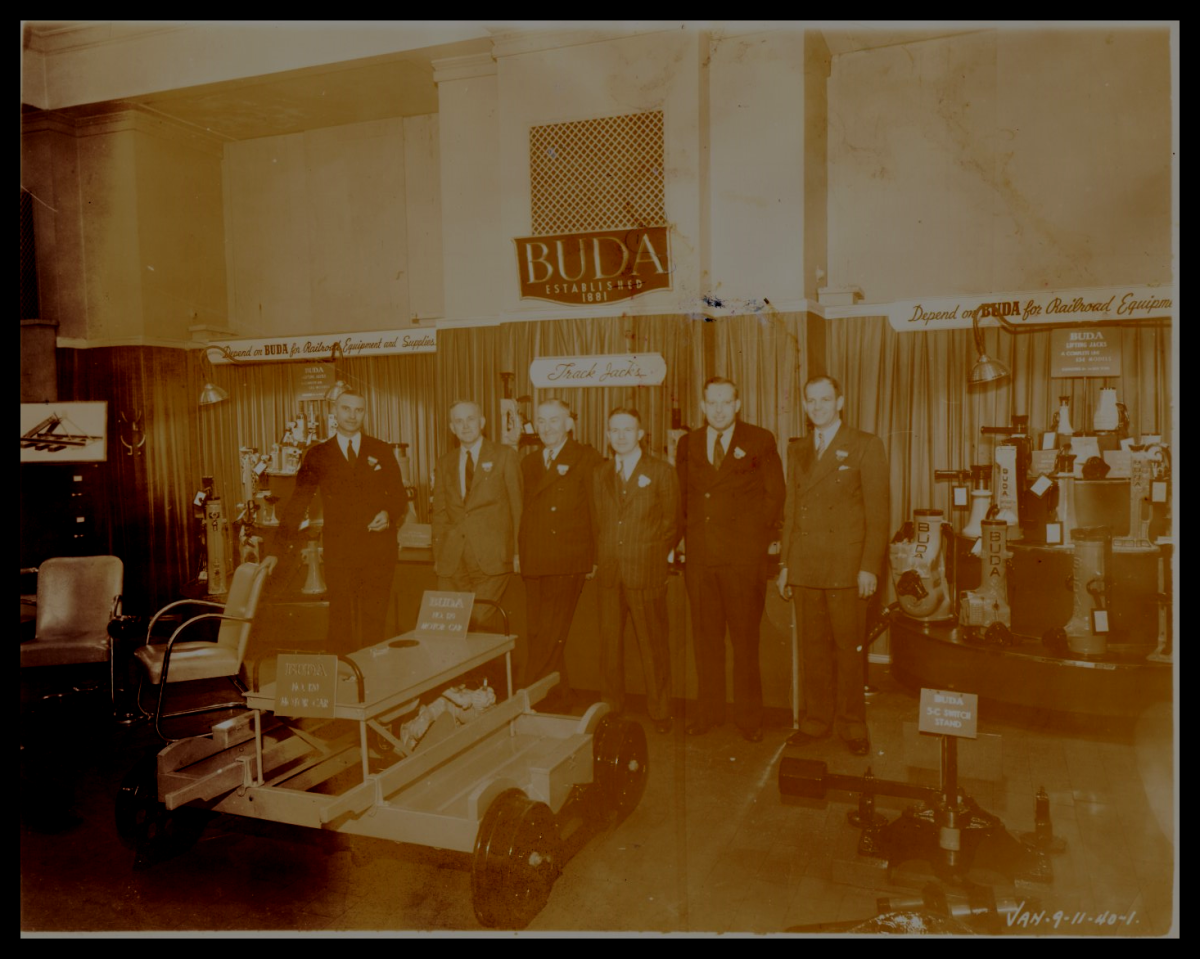The Earliest Steps Which Ultimately Led To Today's Automobiles
A military need led the way, even back then!

They had s-s-s-steam heat....
A French Army captain named Nicolas Joseph Cugnot, with the skills of an engineer, is credited with inventing the first self-propelled vehicle. It was powered by steam, had three wheels, and was intended to tow a French Army field artillery piece.
The year was 1769, seven years before America's Declaration of Independence!
Captain Cugnot's self-propelled "gun tractor" was multi-purpose. It could pull a trailer when it wasn't towing a field piece, but it had its problems. It was not properly balanced, having so much weight from its engine and steamer on the front almost directly over its driving wheel. As a result it was difficult to steer and tended to roll over if trying to turn. The final result was a confrontation with a wall and the wall won.
Nonetheless it had some unusual features besides being a trailblazer. The engine drove the vehicle at a reported 2.5 miles per hour, but it was not clear what distance it pulled a field piece in an hour, or how much actual towing ability it had in that regard. Its system of dual ratchet wheels on either side of the driving wheel gave it a jerky ride as each wheel turned the driving wheel a full quarter turn on each stroke of the engine's piston rods, which combined with pawls limiting the driving wheel to operating in only one direction. That and the steering and poor stability meant a large turning radius, and any distance traveled was limited by the depletion of the boiler's steam. History shows no record of Captain Cugnot making further efforts of this nature, though he eventually retired from his duties and lived at least in part on his military pension.
This very first effort, was considered successful, and is preserved in a French museum.
Another inventor named Murdock (more than likely a colleague of James Watt, with the last name spelling of Murdoch) is credited with a simple, self-propelled vehicle making as much as eight miles per hour, again using three wheels with the engine this time placed over and driving a pair of larger wheels with the third wheel used only (similar to a rudder) for steering. A spirit lamp heated the steam in its copper boiler. The whole invention had a height of only 15 inches and Murdock's financial focus was on other matters, so that this 1784 invention was not improved or expanded on. Neither did the French military nor any other military see this use of steam power as beneficial to their forward planning. And, for all of James Watt's ingenuity and inventiveness with steam engines, he made his fortune refining those engines to pump water out of the mines of his day.
One key to his success in doing so, however, was the ongoing perfecting of how to create uniform cylinder shafts, which a colleague of James Watt did achieve considerable success in doing.
Another captain, if only in nickname, invented what by 1790 was being called a "locomotive" coming to have an eery resemblance to the first of what we would recognize as a locomotive.
His name was Richard Cap'n Dick Trevethick. This Englishman (Watt was a Scot) came up with what may have been the first steam engine which used high pressure (something Watt avoided because the boilers of his day were too dangerous with anything much more than atmospheric pressures.) Cap'n Dick's "locomotive" was indeed the forerunner of the railway locomotive and the practical steam automobiles. His demonstrated model in 1801 carried three passengers (one of whom was presumably the driver) up what he claimed was "a stiffish hill" and by 1803 his vehicle of the day had a horizontal steam boiler, probably included a separate condenser chamber Watt had championed, and set what may have been the land speed record of the day at 10 miles per hour (perhaps down the other side of that "stiffish" hill?) With wheels having a diameter of 10 feet each, it surely was a "locomotive" of his day, though none the less important to steam propulsion progress.
The magazine "Popular Mechanics," which always fascinated me as a young man, was not the first to suggest an amphibious automobile. In 1804 an American named Oliver Evans was paid to design a steam propelled shallow draft boat for use in cleaning the docks in Philadelphia. To get his "Orukter Amphibolis" from his shop to the docks, he mounted a steam engine on a wagon with four wheels, using gears and belts to drive the wheels, and drove it on Market Street down to the water. Evans then shifted the gears and belts to drive a paddle wheel at the rear and christened it by launching it successfully into Philadelphia's Schuylkill River,
The notoriety of his feat and the details of his work played a role in the advent of public transportation, because, perhaps patterning his "coach" after Oliver Evans' rear paddle wheel design, a Mr. Gordon in 1822 built a coach in his native England with steam operated, rear "feet" that pushed his coach along at what was only described as "a quite satisfactory rate of speed." His coach replaced an earlier version of his 1821 "locomotive-style" engine which operated a large drum at the rear which had matching "cogs" that revolved the drum for forward progress in a manner not unlike the operation of a squirrel's cage!
Gordon's countryman Sir Goldsworthy Gurney was not to be one limited as to the size of his inventions. He mounted a carriage housing on a long base, had a "fire man" to tend his steam engine's particulars, and with a pair of front wheels for steering, drove a coach or carriage load of passengers by 1829, selling two of this latest model to Sir Charles Dance in 1831 at $4,000 each for Sir Dance's profitable passenger business operating between Gloucester and Cheltenham.
A Dr. Church and a Walter Hancock had entered the steam carriage business by 1832 with vehicles such as Hancock's "Enterprise" carrying as many as 20 paying passengers. Whether or not accidents were the impetus for the legislation, it was not until 1896 that laws limiting such "public carriages" speed to not more than four miles per hour were abandoned along with their simultaneous requirement that a man on foot precede them carrying a red flag!
Something resembling the modern car in appearance, but still utilizing a steam engine was produced by Sir Charles Dance in 1831. It had four wheels, passengers had a protective roof. and the advent of a "rumble seat" gave the vehicle's "fireman" a place from which to attend to keeping the steam engine's fire alive.
From the 1830's to the middle of the 1880's experiments with steam-powered vehicles and their engines persisted. But it was not until a truly practical boiler was invented by a Monsieur Serpollet of France that the more modern steam automobiles gained more widespread appeal for personal transportation. An American named Richard Dudgeon had a run for his steam carriage in the New York area from 1860 until it was retired in 1866. When it was taken for a spin in 1903, it was still able to achieve its characteristic speed of 10 miles per hour.
By that time the gasoline engines had already come into prominence, including an early design by a Monsieur Etienne Lenoir of Belgium who is credited by many with engineering the first internal combustion engine using "illuminating gas" in 1858.
The age of gasoline engines was dawning, but steam engines for automobiles would be around for some time to come.
_______
Copyright 2012 Demas W. Jasper All rights reserved.








